Have you ever wished you knew how to guide your students to move to the beat with ease? Or not rush the beat when playing an instrument or folk dancing? What if I told you the answer wasn’t more practice at keeping a beat, but exploring Laban Efforts instead?
If you don’t know about Rudolf Laban or Laban Efforts, please read my Part 1 post. It lays out why we should be using Laban Effort focused movement in elementary music. This post will deal with how to implement activities that give students movement opportunities to explore the Laban Efforts.
Body awareness
Before we explore the 4 components of Laban Efforts, I find it helpful to build a list of “appropriate” body parts we may move in music class. (If you’ve worked with young children any amount of time, you know someone is going to suggest moving an inappropriate part at some point.) As we begin to identify parts, I label them on my board. This visual gives students a reference to draw from when asking students to give ideas about what we can move safely during movement activities. So what parts can we move?
- Head, neck, shoulders
- Arms, elbows, hands, fingers
- Back, hips
- Legs, knees, ankles, feet, toes
Flow
Flow movement is simply continuous fluid movement in your body. Flow occurs on a continuum of free to bound and may occur in a variety of body parts. Here are some of the ways we explore flow movement in the music room. All of my movement activities uses imagery or play as a tool to get students engaged in the movement.
- Flying – Imagine you’re a humming bird, how would your wings fly? What about an eagle? How does your movement change from a small vs. a large bird?
- Swimming – Pretend you’re swimming in the water. How does it feel to swim freestyle or backstroke? What if you’re just splashing the water? What if you’re swimming under water?
- Painting – Using a scarf, dip it in the paint. Can you paint the ceiling? The floor? The walls? Can you paint in long strokes? Short strokes? Dab? Splash?
- Bean bags – Can you move balancing a bean bag on your body? Can you move it with continuous flow? Is it easy or hard to stop?
Weight
Weight has to do with how you organize the energy in your body. Are you using strong movements or gentle movements?
- Dinosaurs – Can you move around the room like a T-rex? Can you move around the room like a baby raptor? How does one move differently from the other? Can you show that in your movement?
- Superhero – Let’s transform into superheros? From stopping speeding trains to rescuing kittens, will your rescue require strong or gentle movement?
- Stirring – Imagine you are making soup. As you add each ingredient, does it get easier or harder to stir? What if you add lots of noodles? How strong or gentle is your movement as you stir?
- Animals – My students love to pretend to move like different animals in our Dance & Freeze Activities. Can you move strong like a bear? Gentle like a butterfly?
Space
Space can be explored in a variety of ways. You can explore direct (straight) or indirect (curvy pathways). You can explore levels of space (high, middle, and low space). You can also explore shapes in space (open or closed).
- Driving – Who doesn’t love to pretend to drive a car? Can you drive your car down the highway? Can you drive a bumper car (but be careful not to really bump into someone). What does it feel like to move in direct pathways vs. curvy pathways?
- Statues – Can you move into a shape that is in high space? Middle space? Low space? Is your statue in an open shape or a closed shape? Can you make a statue in shared space with another person? How can you share space with someone? Touch a show? Elbow?
- Popcorn – My little ones love to be popcorn kernels and pop into big fluffy shapes!
- Animals – What animals move in high space? What animals move in middle space? What animals in low space? We love to do this with holiday themed characters (like Halloween – moving like bats, spiders, pumpkins, etc.)
Time
Moving in time is not just fast vs. slow. It’s about how you organize your energy to feel quick vs. sustained movement.
- Growing flowers – Ask your students to think about a beautiful flower. Invite them to start from the shape of a seed and grow slowly into their flower. Admire all the beautiful flower shapes. Now tell the students are weeds and have them grow quickly (or wilt quickly).
- Animal opposites – Can you move like a tortoise? Like a hare? Can you move like sloth? A cheetah?
Final Thoughts
The activities above are just a starting point to get you and your students moving with Laban Efforts. The songs you use for these activities are really up to you. Use folk songs that you already use in your classroom, while adding new movement opportunities. As you explore how you organize energy and movement in your body, you’ll begin to come up with other ways to explore flow, weight, space, and time.

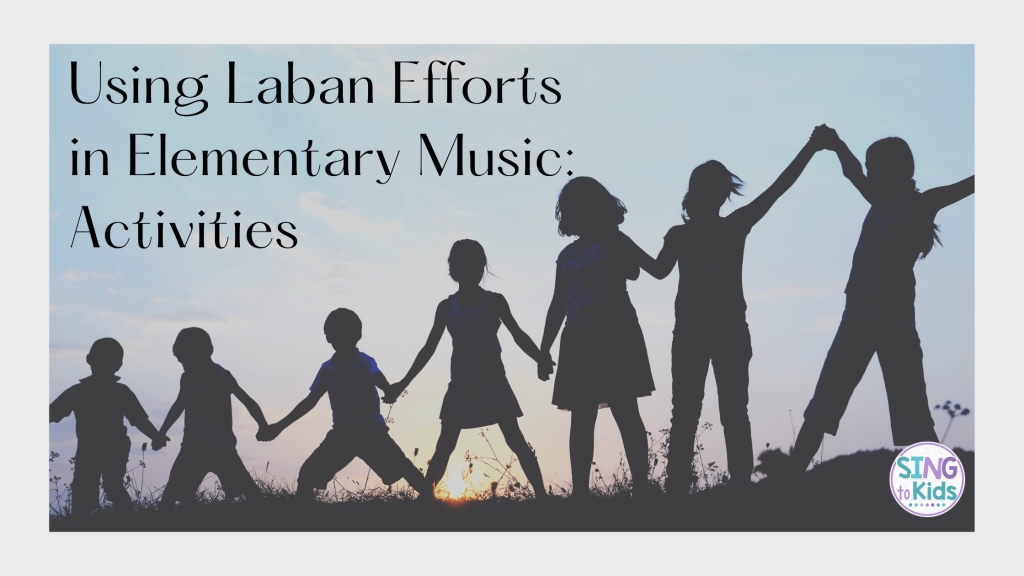
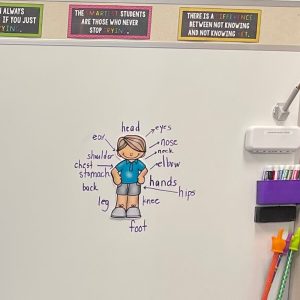
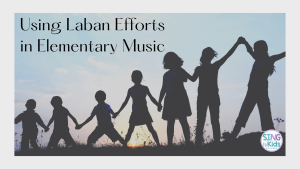

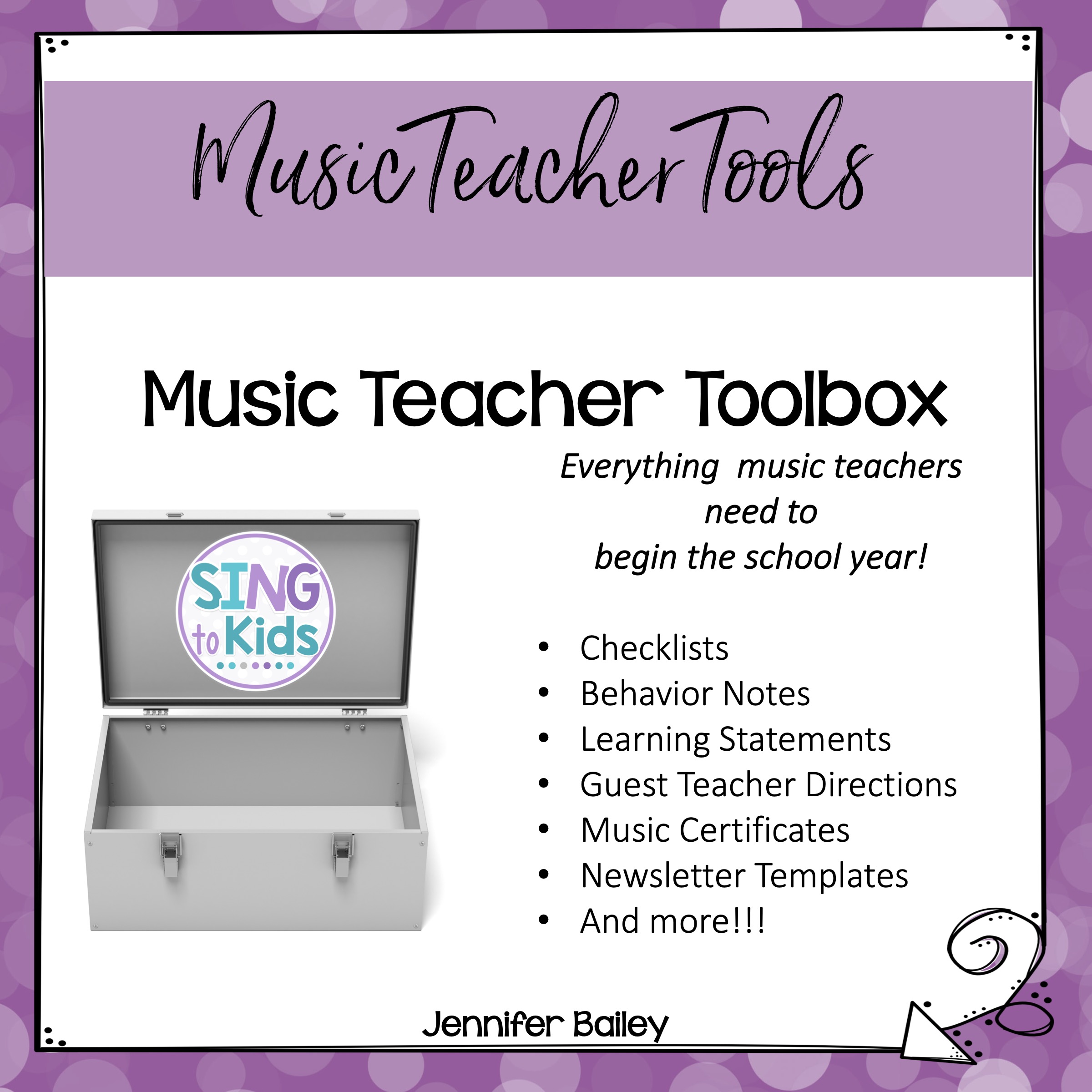

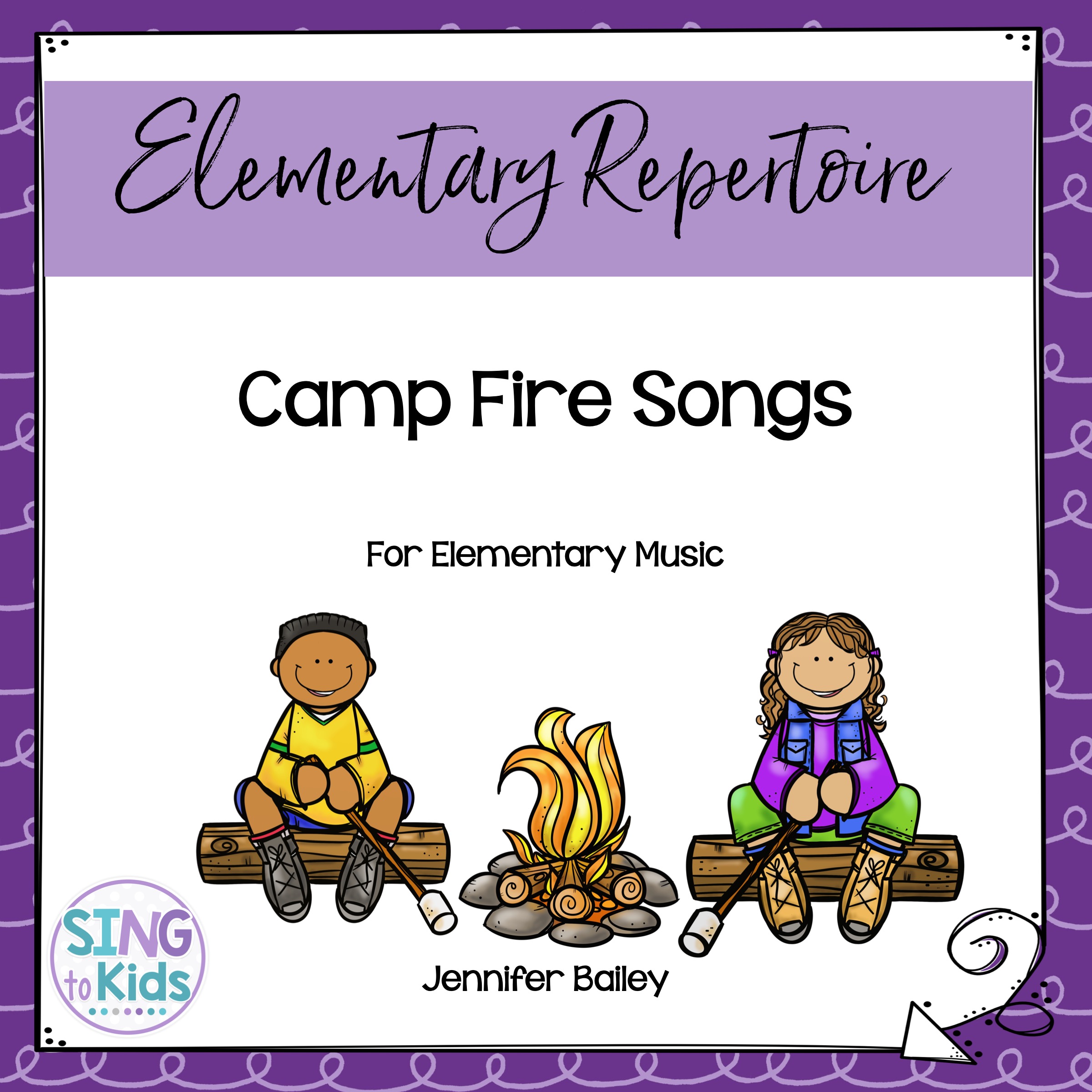
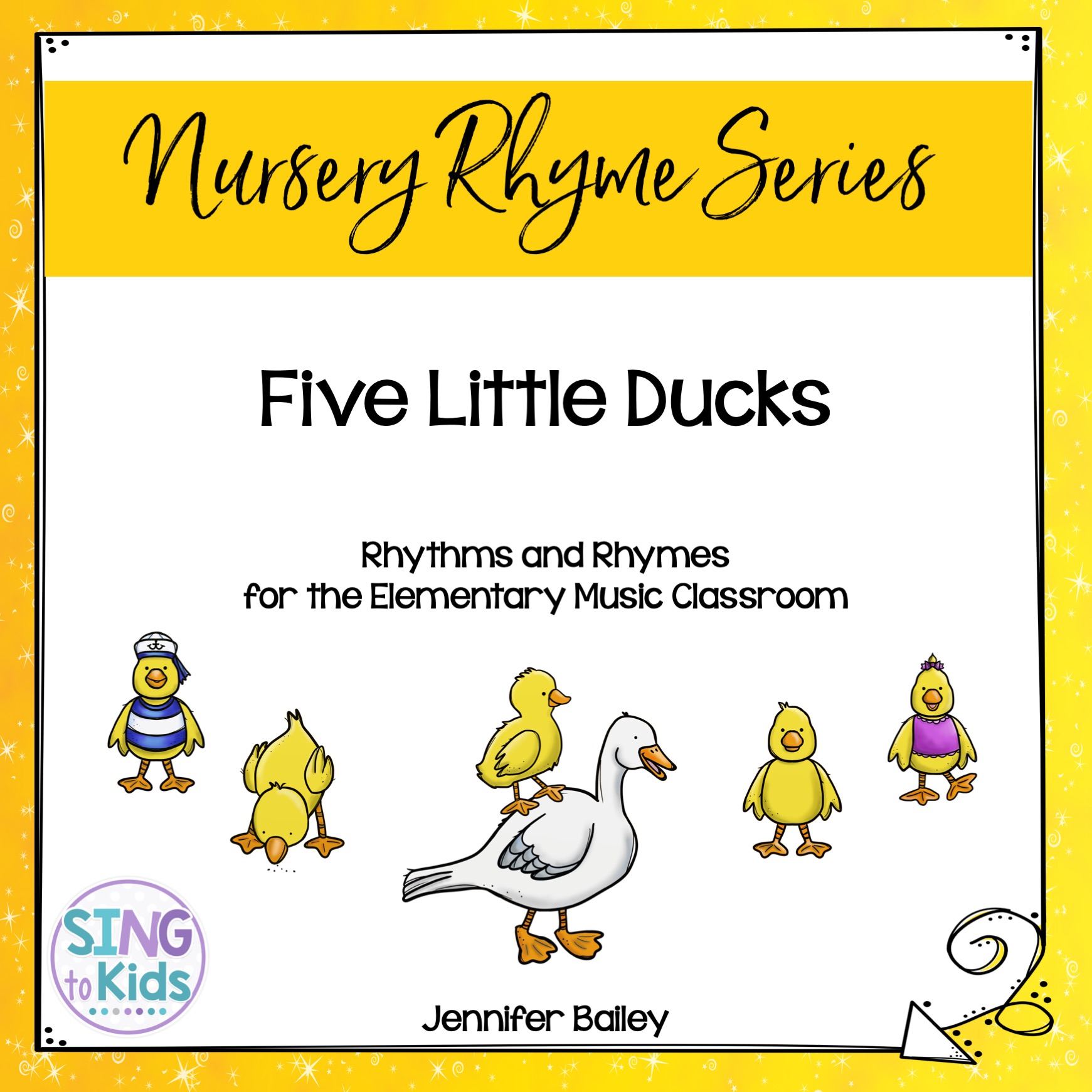
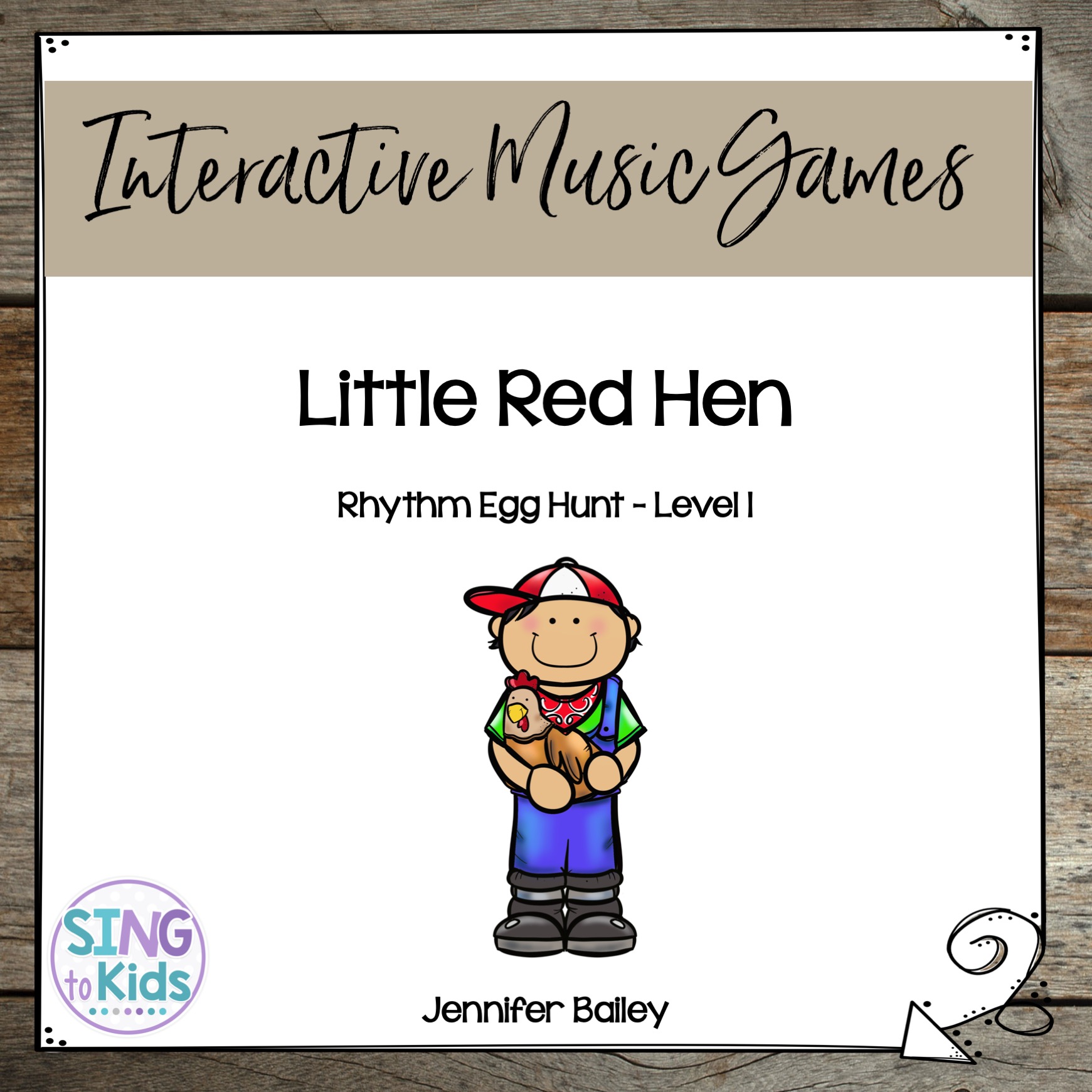
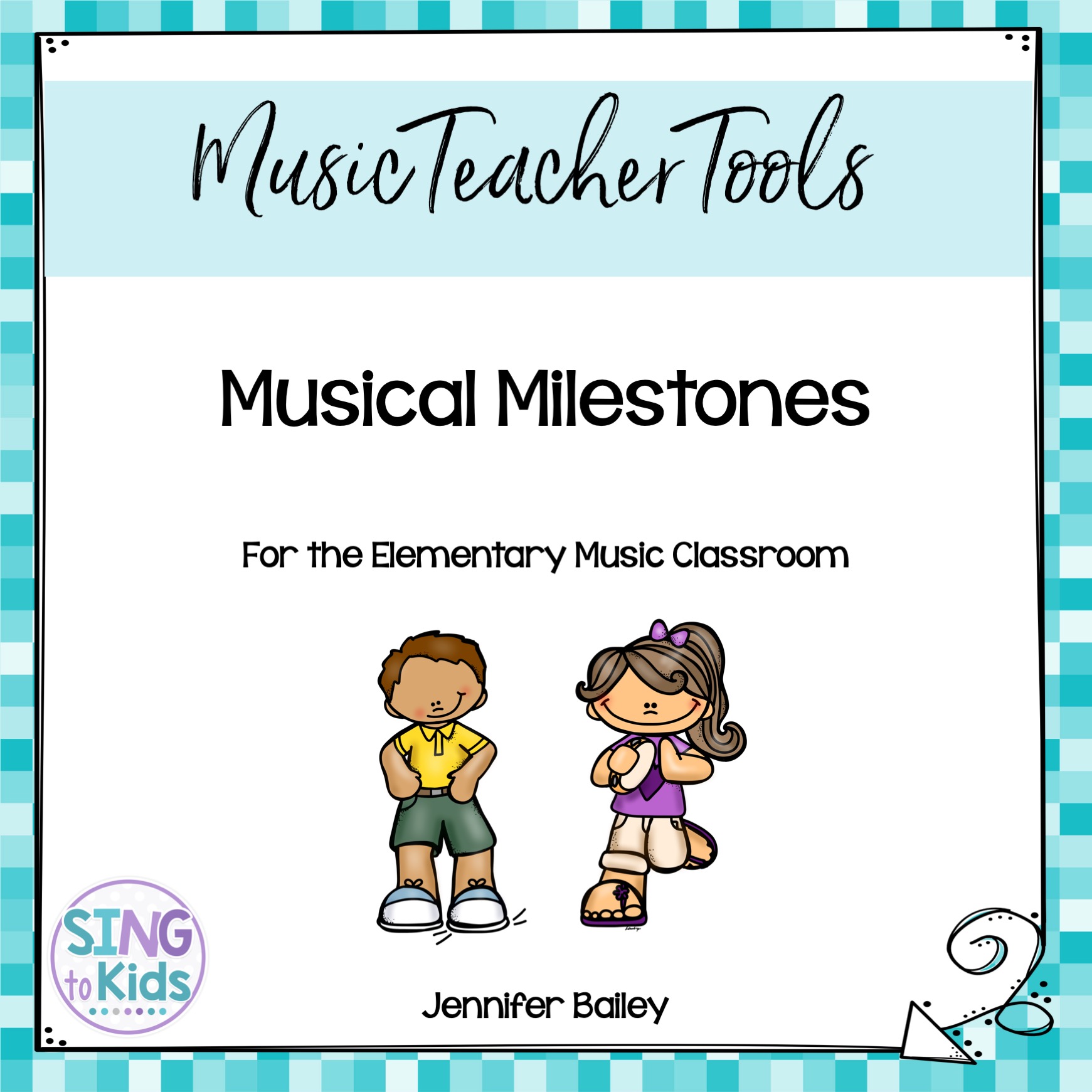
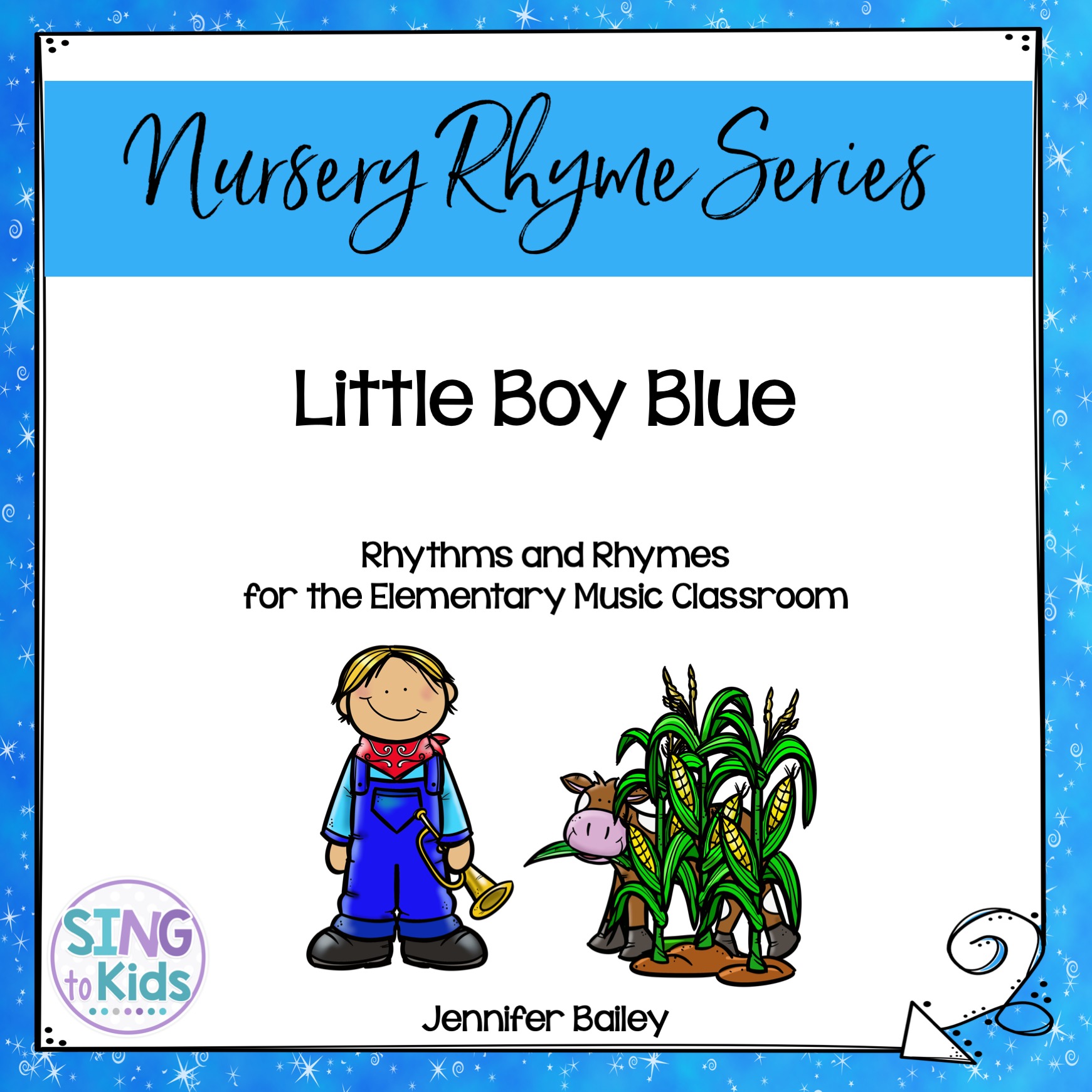
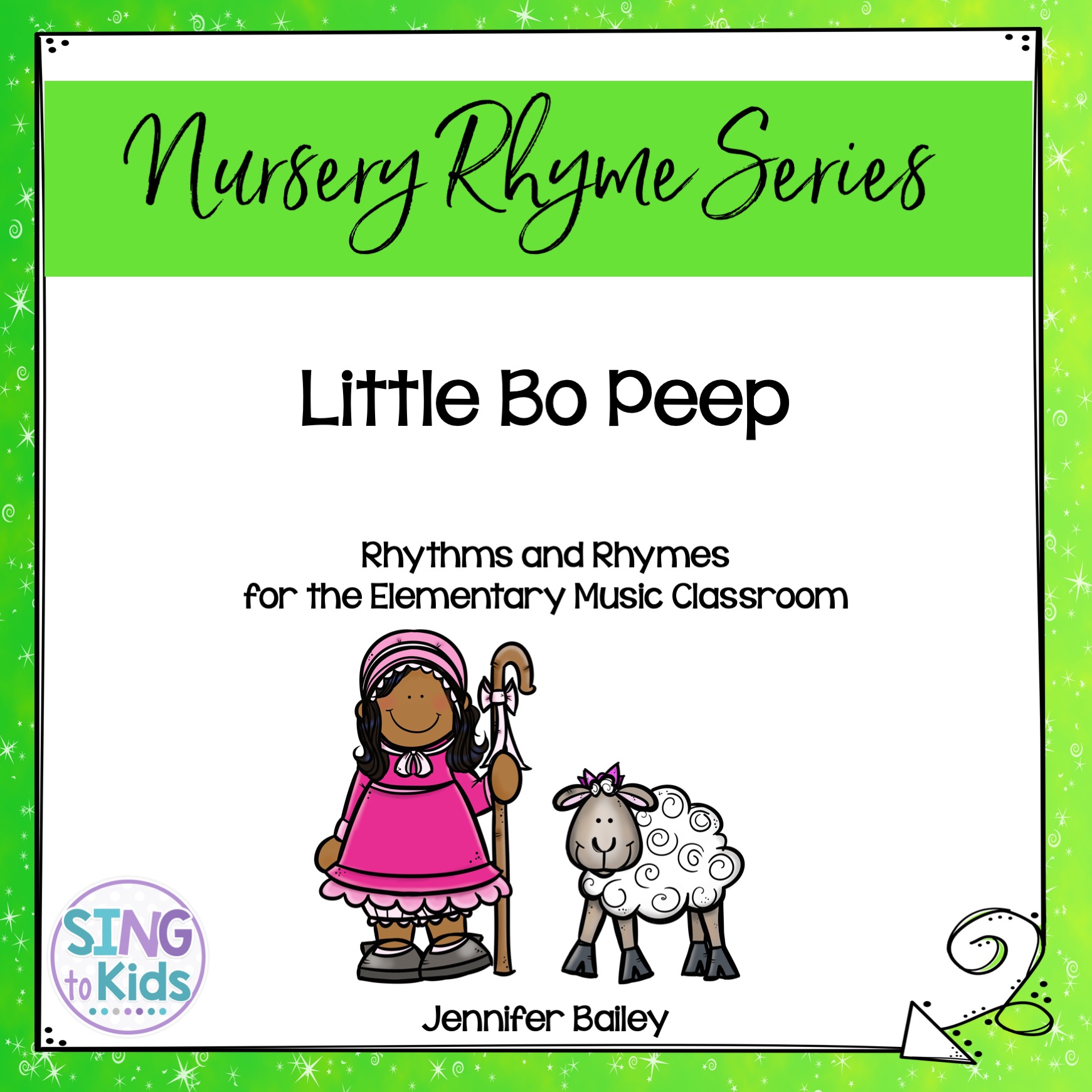
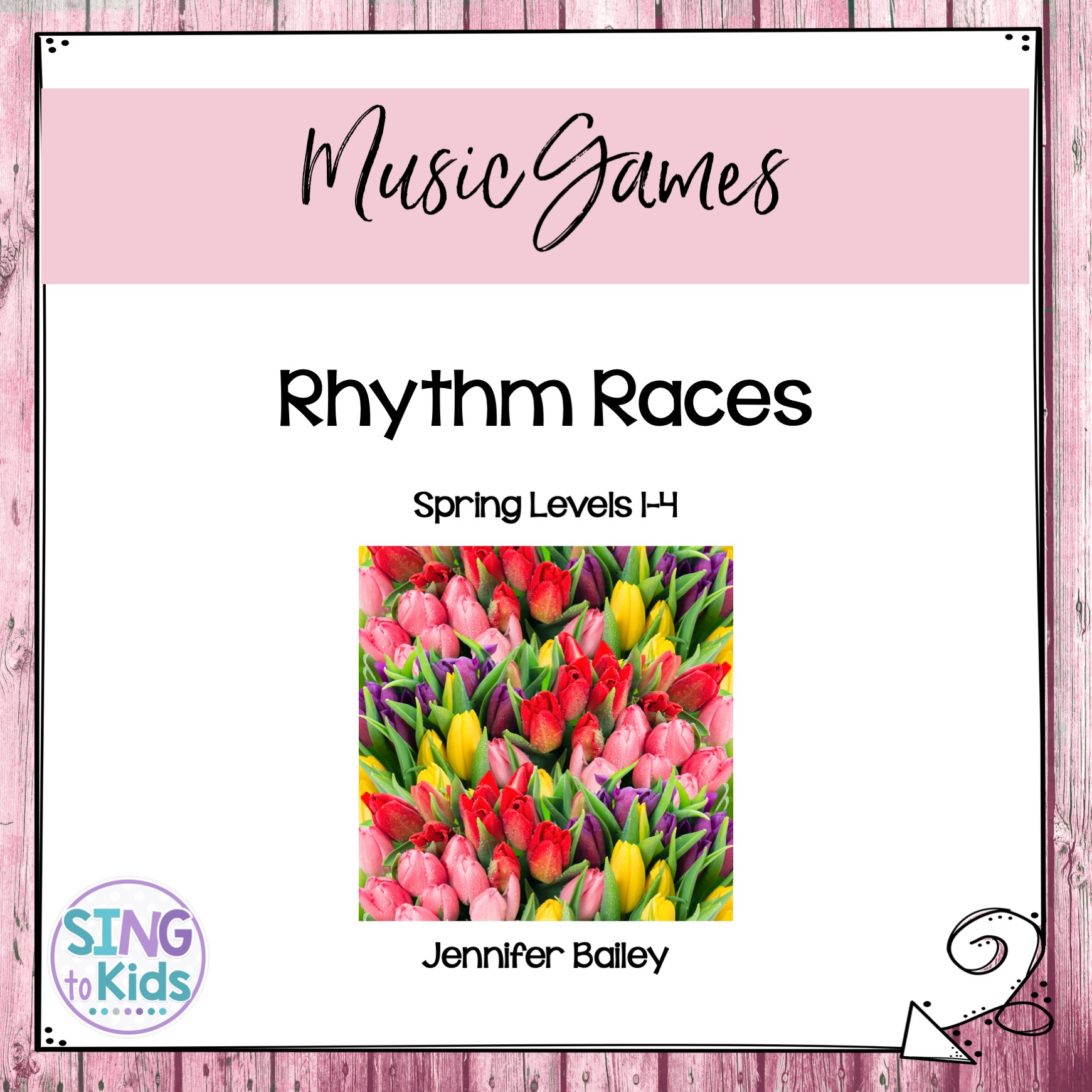
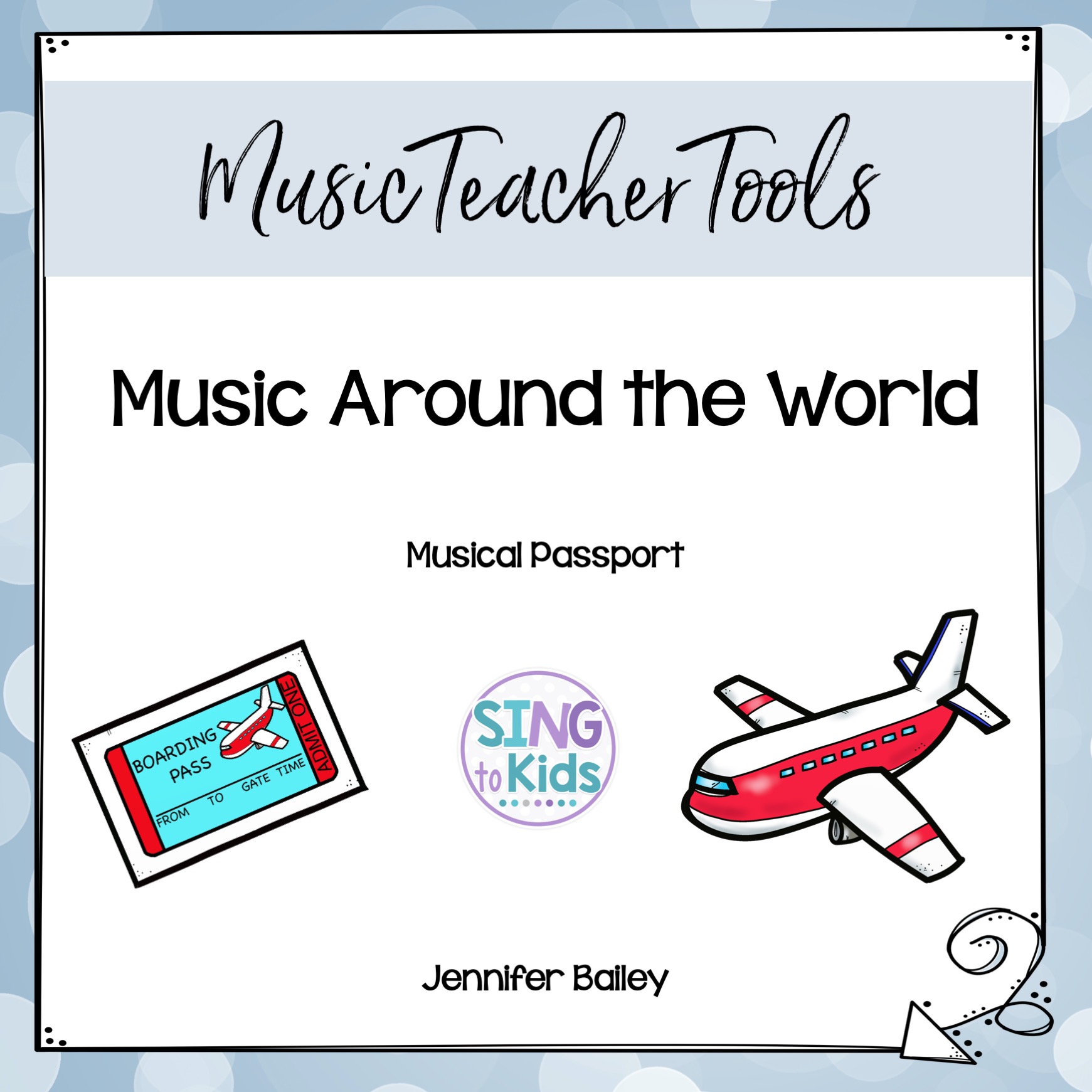
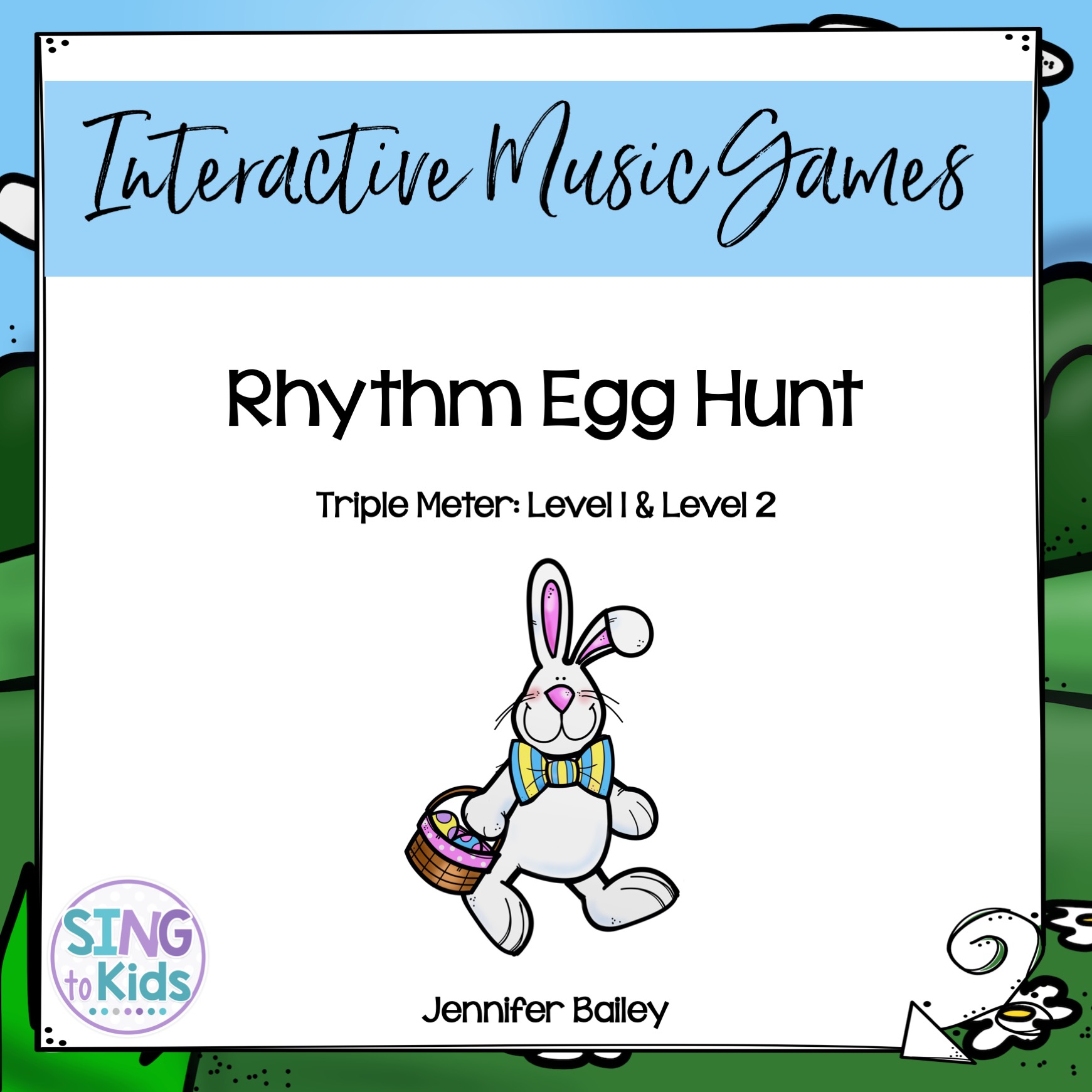
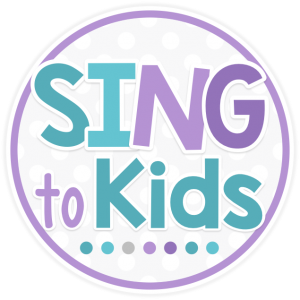

Thank you for these concrete ideas for the Laban themes! I use these but felt myself needing some inspiration this year- this post is just the ticket. ????????????
Thank you for this entree into the world of Laban. My experience was back in Drama school and as a 23 yo found it challenging then so this fantastic introduction is just what I need to teach my Primary (Elementary) students. Thank you so much.
Kurt
what kind of background music would you use to accompany your explorations?